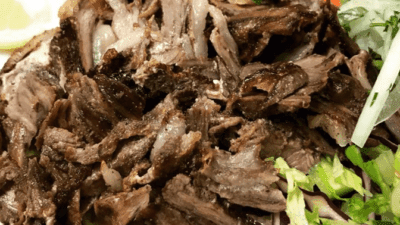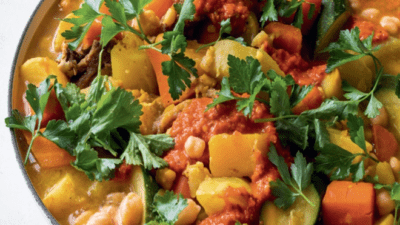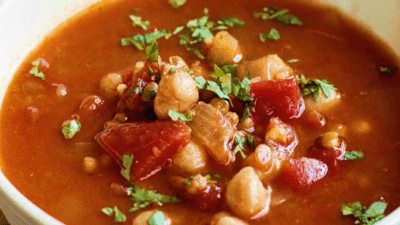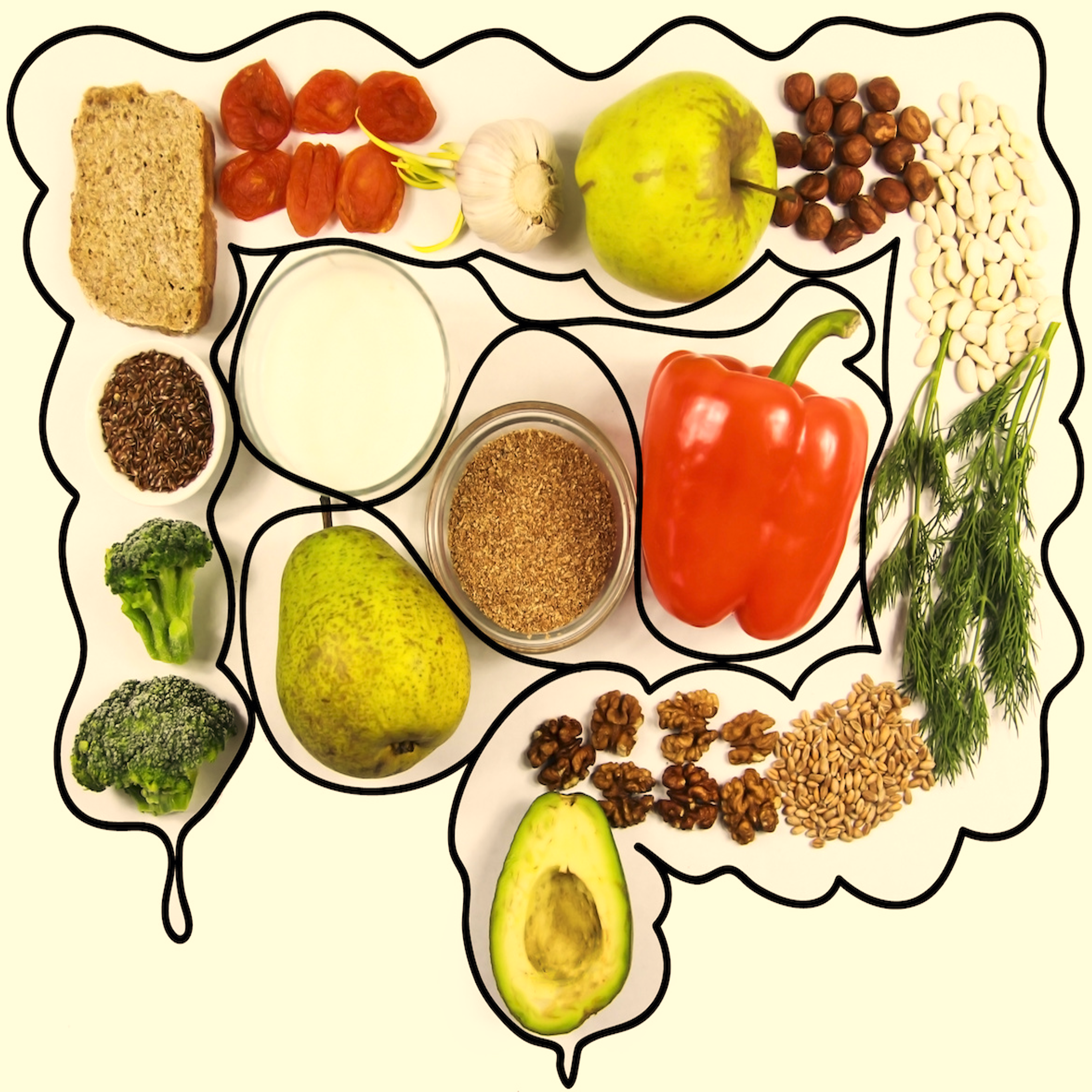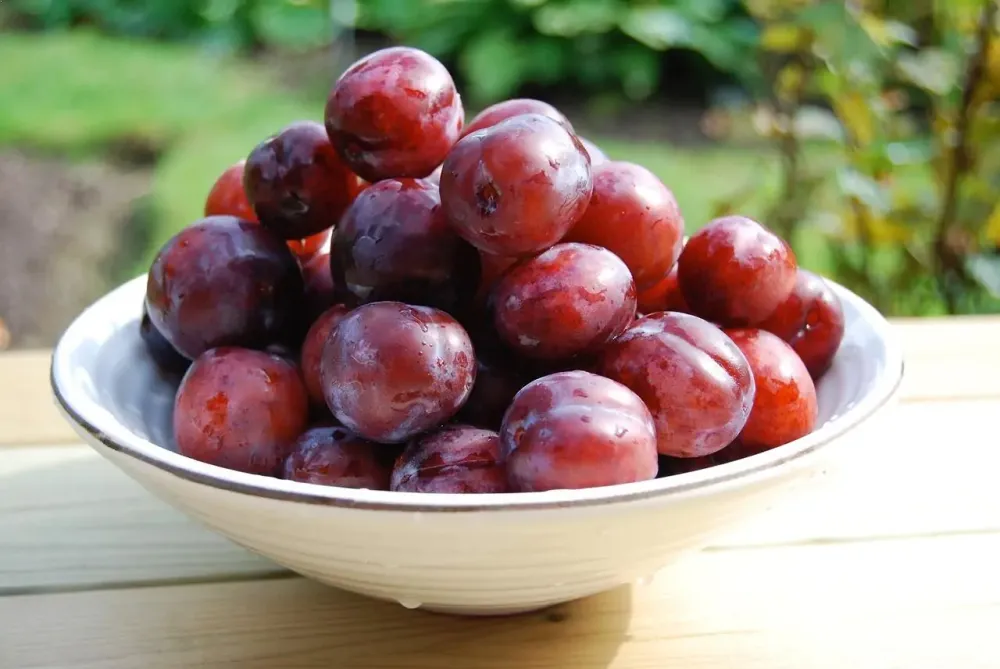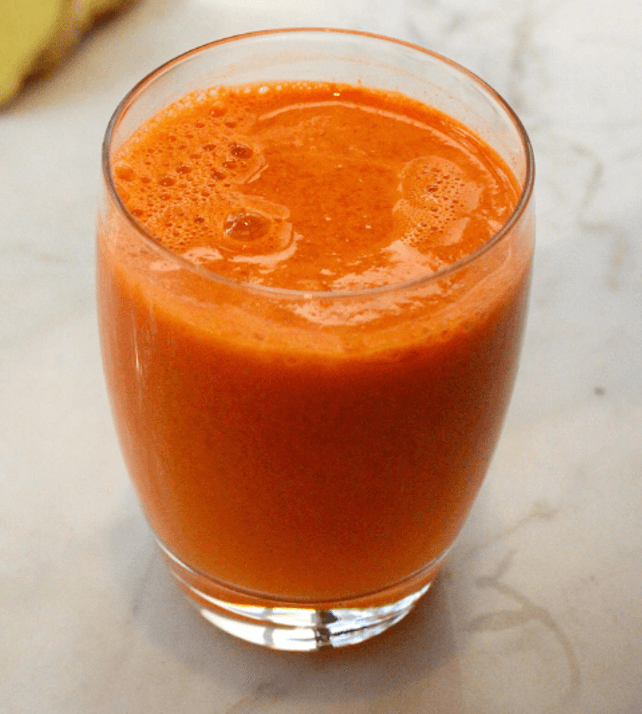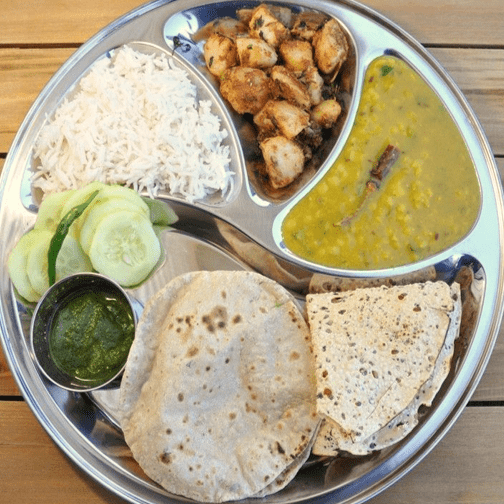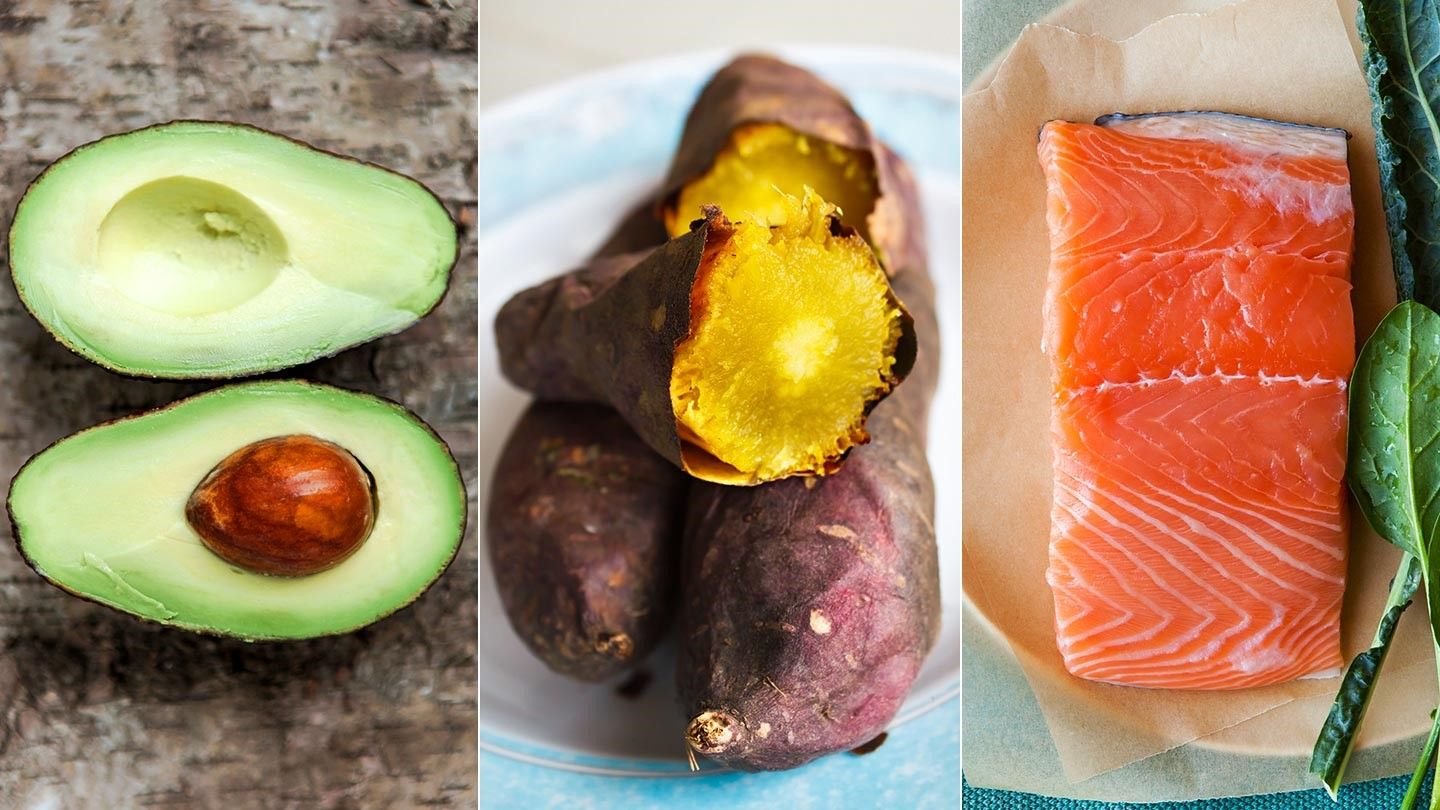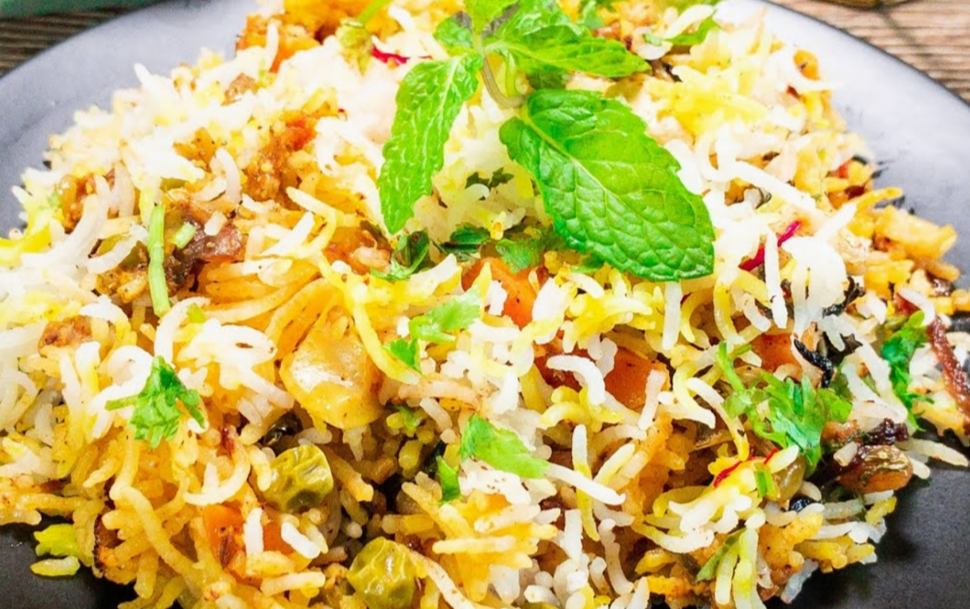
Vegetable biryani is a delightful dish that has a rich history and a diverse origin. Biryani itself is believed to have originated in the Indian subcontinent, with its roots tracing back to the Mughal era. The word “biryani” is derived from the Persian word “birian,” which means “fried before cooking” and “birinj,” the Persian word for rice.
During the Mughal rule in India (1526–1857), the art of cooking biryani evolved, combining Indian spices and flavors with Persian cooking techniques. Biryani soon became a staple in the royal kitchens and gradually spread across the subcontinent, adapting to various regional preferences.
Vegetable biryani, a vegetarian variation of this classic dish, emerged as a response to diverse dietary choices and preferences. It caters to a wider audience, providing a flavorful and aromatic option for those who abstain from meat. The use of fragrant basmati rice, an assortment of vegetables, and a blend of spices such as cumin, coriander, cardamom, and saffron contribute to the distinct taste of vegetable biryani.
The preparation of vegetable biryani involves layering partially cooked rice with the vegetable mixture, allowing the flavors to meld as the dish is slow-cooked or baked. The result is a symphony of textures and aromas that make vegetable biryani a beloved choice for vegetarians and non-vegetarians alike.
Over time, vegetable biryani has transcended cultural boundaries and is now enjoyed worldwide. Its versatility has led to numerous regional variations, each adding its own unique twist to the dish. Whether served during festive occasions or as a comforting everyday meal, vegetable biryani continues to be a celebration of diverse flavors and culinary ingenuity.
Vegetable biryani
Ingredients
- 1 cup basmati rice soaked in water for 30 minutes
- Assorted vegetables carrots, potatoes, etc., chopped
- 1 onion (optional for low FODMAP) thinly sliced
- 2 tomatoes chopped
- 2 tablespoons biryani masala found at any Indian grocery store
- 1 teaspoon ginger-garlic paste
- 1/2 teaspoon turmeric powder
- 1/2 teaspoon red chili powder
- whole spices 1 bay leaf, 2-3 pods cardamom, 1 cinnamon stick, 2 cloves
- handful of mint leaves and coriander leaves
- 2 tablespoons vegetable oil
- salt to taste
- 2 cups water
Instructions
- Heat vegetable oil in a large pan. Add the whole spices and sauté until they release their aroma.
- If using onions, add the sliced onions and sauté until golden brown. Add ginger-garlic paste and sauté for a minute until the raw smell disappears.
- Add chopped tomatoes and cook until they become soft and the oil starts to separate. Add biryani masala, turmeric powder, red chili powder, and salt. Mix well.
- Add chopped vegetables and cook for 5-7 minutes until they are partially cooked.
- In a separate pot, boil 2 cups of water. Add soaked and drained basmati rice. Cook until the rice is 70-80% cooked. Drain the water.
- Layer the partially cooked vegetables with the half-cooked rice in the pan. Sprinkle mint and coriander leaves on each layer.
- Cover the pan with a tight-fitting lid. Cook on low heat for 15-20 minutes or until the rice is fully cooked and the flavors are absorbed.
- Once done, gently fluff the biryani with a fork before serving. Enjoy!



